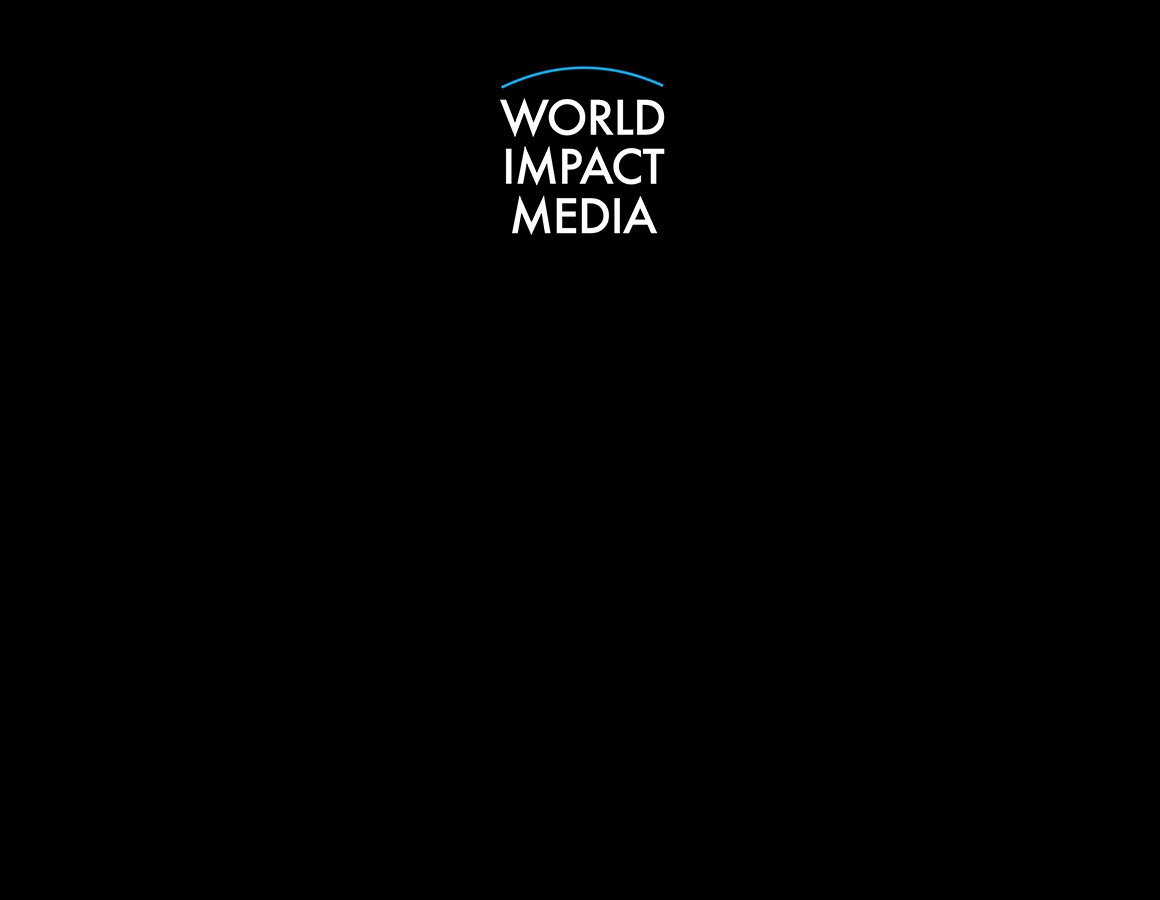Since the COVID-19 pandemic began, a wave of information, misinformation, and speculation has spread worldwide. While much has been uncovered and explained, some believe that not all facts have been laid bare—especially when it comes to how the U.S. managed the crisis behind closed doors. Here are a few areas where experts, citizens, and skeptics alike feel the full truth may still be hidden:
1. Early Intelligence and Warnings
There have been claims that U.S. intelligence agencies were aware of the virus before it made headlines, possibly as early as November 2019. Questions remain about how that intelligence was handled and why the public wasn’t informed sooner.
2. Origins Debate and Lab Leak Theory
Despite a global investigation, the origins of COVID-19 remain murky. The “lab leak theory” involving a Chinese laboratory was initially dismissed but later reconsidered by U.S. agencies. Some argue that U.S. connections to virus research abroad have not been fully disclosed.
3. Funding of Foreign Research
There has been controversy around whether U.S. agencies indirectly funded gain-of-function research at the Wuhan Institute of Virology. Although officials have denied wrongdoing, many believe funding routes and oversight were not sufficiently transparent.
4. Vaccine Trial Data Transparency
Pharmaceutical companies developed vaccines at record speed, which led to concerns about the completeness of clinical trial disclosures. Critics say the FDA and other agencies could have been more forthcoming about adverse effects and long-term data.
5. Economic Relief Distribution
While the U.S. government rolled out trillions in relief, there were widespread reports of fraud and misallocation. A significant amount of funding reportedly went to corporations, while small businesses and individuals struggled to access aid.
6. Supply Chain and PPE Shortages
Why the country was unprepared for shortages in PPE (personal protective equipment) still raises questions. Some believe mismanagement and withheld information worsened the crisis early on.
7. Data Reporting Gaps
Throughout the pandemic, there were inconsistencies in how data was reported across federal and state levels, leading some to believe that statistics on case numbers, hospitalizations, and deaths may have been underreported or manipulated.
8. Mental Health Crisis
The mental health toll of lockdowns, isolation, and job loss was immense. However, critics argue that the full extent of the crisis has not been properly acknowledged or addressed at a policy level.
9. Long COVID Understanding
Government communication on long COVID has been unclear, especially concerning disability rights, medical coverage, and workplace protections for those suffering from prolonged symptoms.
10. Digital Surveillance Expansion
Emergency health measures enabled unprecedented levels of digital tracking and data collection. Questions remain about how that data is being used now and whether privacy has been permanently compromised.
While some of these concerns are based on speculation, others are supported by whistleblowers, investigative reports, or delayed admissions. As the world continues to move forward post-pandemic, the push for transparency and accountability remains vital.
















